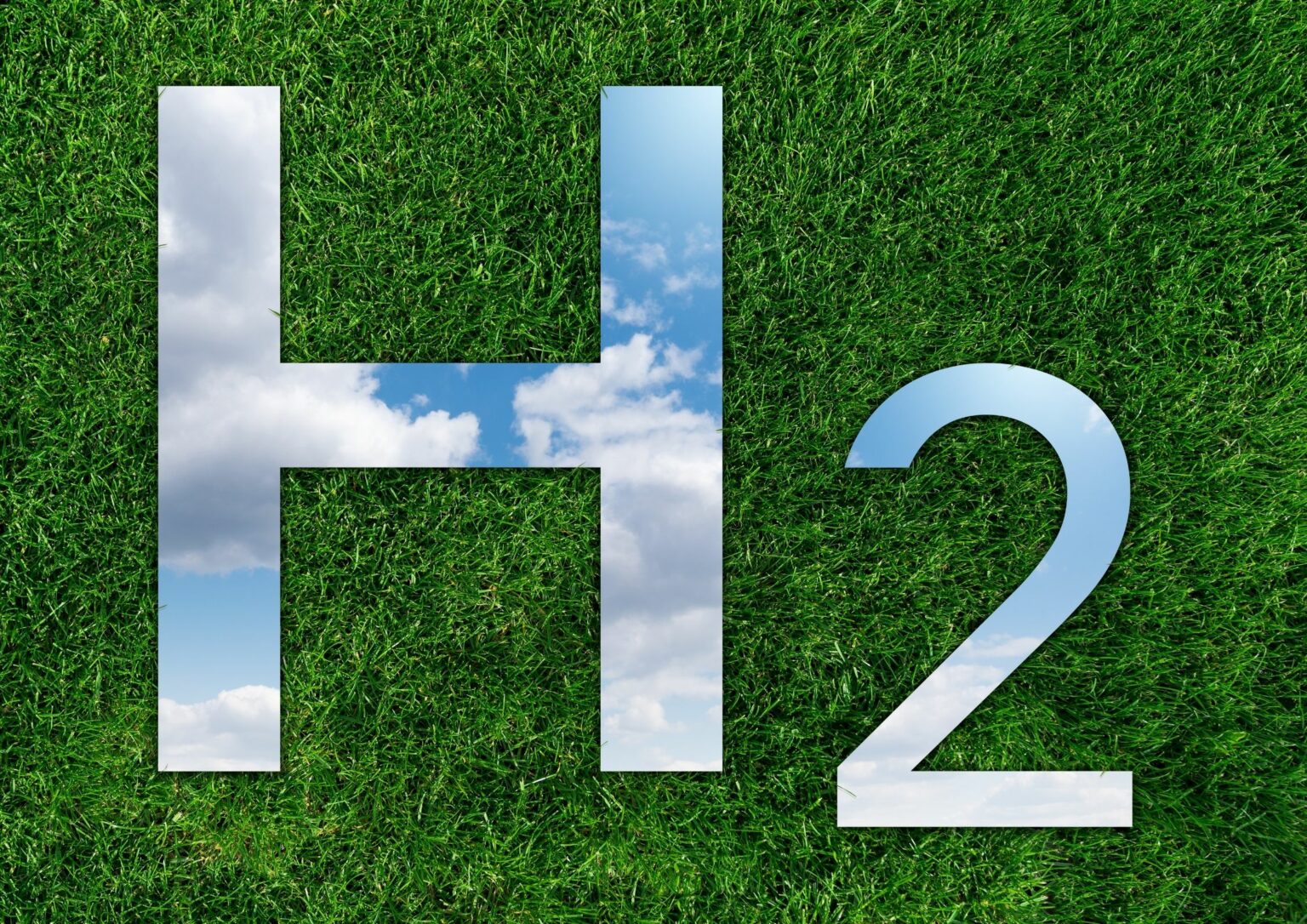The closed Alcoa smelter in Ferndale, Washington, might soon see a remarkable transformation into a green hydrogen production facility.
Calgary-based AltaGas Ltd. has emerged as a potential player in this ambitious redevelopment, aiming to capitalize on the burgeoning demand for clean energy solutions. Despite promising prospects, AltaGas faces significant challenges, including sourcing renewable electricity and navigating regulatory complexities.
AltaGas envisions repurposing the former smelter site to establish a cutting-edge hydrogen production plant, tapping into renewable energy sources exclusively. This initiative aligns with broader efforts to drive the transition towards a sustainable energy landscape, leveraging green hydrogen as a zero-carbon fuel. The production of green hydrogen through electrolysis, powered by renewable electricity, promises to significantly reduce carbon emissions compared to conventional methods.
The proposed plant, with a projected capacity of 100 metric tons per day, represents a substantial step towards scaling up green hydrogen production in the region. However, AltaGas emphasizes that these plans are still in the early stages, underscoring the need for further evaluation and strategic partnerships to materialize the project successfully.
The redevelopment of the Alcoa smelter site into a hydrogen factory holds immense promise for various stakeholders. From an economic standpoint, the project could catalyze billion-dollar investments, revitalizing the local economy and creating high-paying green energy jobs. Moreover, the transition to green hydrogen is crucial for decarbonizing sectors like shipping and steelmaking, where traditional electrification poses challenges.
Elected officials at the local, state, and federal levels have expressed enthusiasm for the initiative, recognizing its significance in driving forward the clean energy agenda. Labor unions are hopeful for the revival of job opportunities reminiscent of the smelter’s operational days, while taxpayers stand to benefit from federal incentives aimed at fostering the growth of the green hydrogen industry.
Regulatory complexities, including federal tax credit frameworks and environmental considerations, add further layers of complexity to the project. The draft rules issued by the Treasury Department regarding clean hydrogen production tax credits have raised concerns among industry stakeholders about potential market distortions and grid capacity issues.
Tribal consultation and community engagement are also paramount, particularly concerning the ancestral lands of the Lummi Nation. Ensuring sustainable water and electricity supplies, alongside addressing environmental impacts such as increased tanker traffic, are integral aspects that require careful consideration and consultation with Indigenous groups.
